Table of Contents
Auxiliary verbs, also known as helping verbs, play an essential role in English grammar. These verbs are used alongside a main verb to create different tenses, voices, or moods. Without auxiliary verbs, forming questions, negatives, and various tenses would be challenging.
Some of the most common auxiliary verbs in English include be, do, and have. In this post, we will discuss these auxiliary verbs in detail, with examples, to help you understand how they function in sentences and how to use them effectively.
What Are Auxiliary Verbs?
Auxiliary verbs, also called helping verbs, work with the main verb in a sentence to show tense, mood, voice, or necessity. They help form the sentence correctly but don’t carry the main meaning of the action.
Example Sentences:
She is studying.
(is , shows present continuous tense)
They have finished.
(have, shows the present perfect tense)
I will attend the meeting.
(will, here show the simple future tense.)
Types of Auxiliary Verbs
There are two primary types of auxiliary verbs: primary auxiliary verbs and modal auxiliary verbs.
1. Primary Auxiliary Verbs
These verbs are essential for creating different tenses, especially in forming continuous and perfect tenses. The three main primary auxiliary verbs are:
Be:
it is used to form continuous tenses and the passive voice.
- I am eating lunch. (Present continuous)
- The cake was baked by John. (Passive voice)
Have:
it is used to form perfect tenses.
- She has finished her work. (Present perfect)
- They had left before I arrived. (Past perfect)
Do:
It is used to form questions and negatives, especially in simple tenses.
- Do you like pizza? (Question)
- He does not play football. (Negative)
2. Modal Auxiliary Verbs
Modal auxiliary verbs are used to express possibilities, abilities, permissions, and necessities. Some of the most common modal auxiliary verbs are:
Can:
it is used to express ability or possibility.
- She can swim very well.
- It can rain tomorrow.
Will:
it is used to express future intentions or promises.
- I will call you tomorrow.
Must:
it is used to express necessity or obligation.
- You must wear a seatbelt.
May:
it is used to express permission or possibility.
- You may leave now.
- It may snow tonight.
Should:
it is used to give advice or express an expectation.
- You should eat more vegetables.
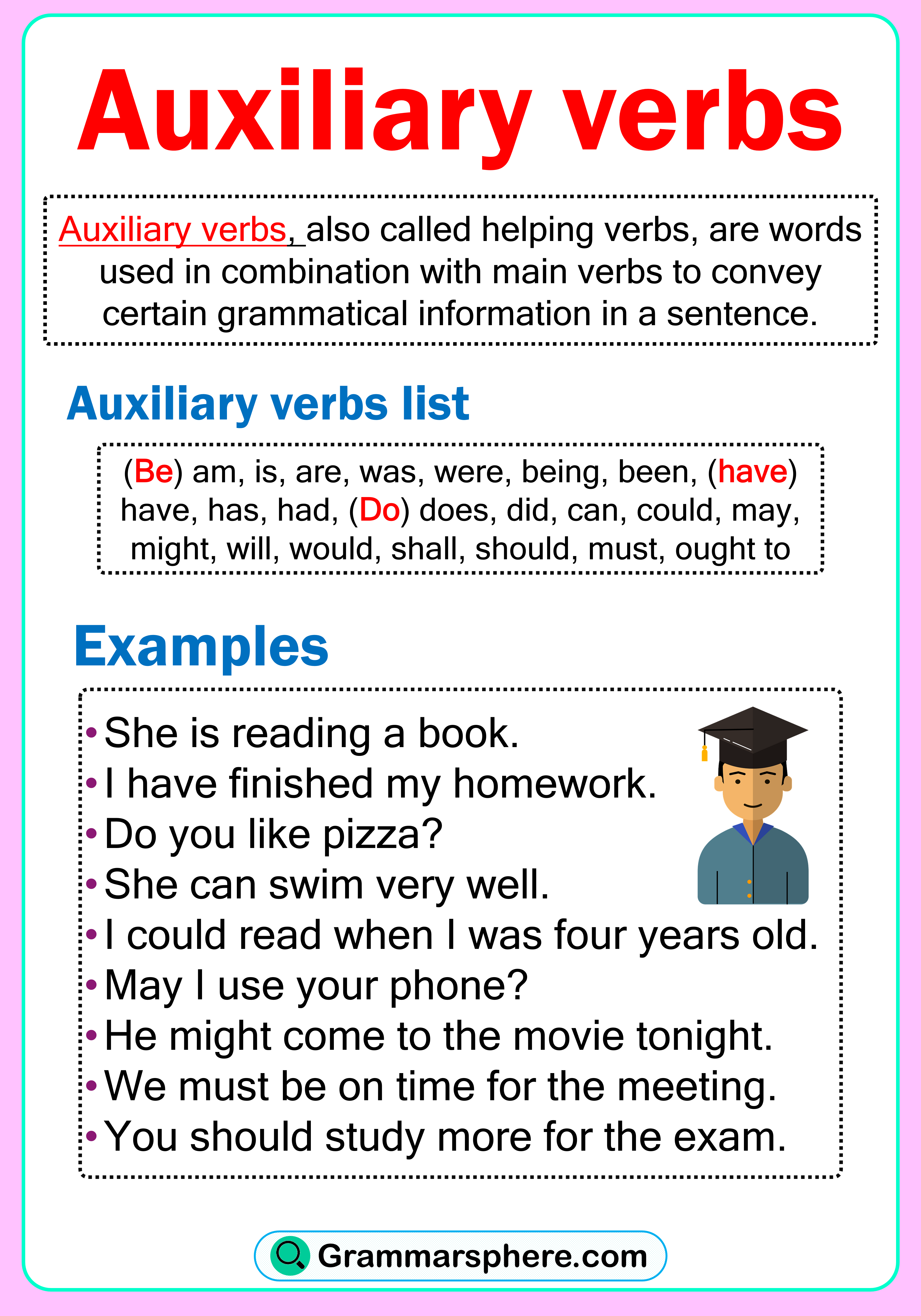
Usage of Auxiliary Verbs
Auxiliary verbs help to form different tenses and make sentences grammatically correct.
Forming Negative Sentences
To form a negative sentence, we use auxiliary verbs along with the word not. The structure typically looks like this:
(Subject + auxiliary verb + not + main verb)
- She is not playing football.
- I do not like spicy food
Forming Questions
When forming questions, auxiliary verbs move to the front of the sentence:
(Auxiliary verb + subject + main verb?)
- Can you help me with this?
- Do you speak English?
Expressing Tense
Auxiliary verbs are essential for creating different tenses in English.
- Present Continuous: She is writing a letter.
- Past Perfect: They had finished dinner when I arrived.
- Future Simple: I will go to the store tomorrow.
Table of Common Auxiliary Verbs and Their Uses
| Auxiliary Verb | Use | Example |
| Be | Continuous tenses, passive | She is cooking dinner. |
| Have | Perfect tenses | I have seen that movie before. |
| Do | Negatives, questions | Do you like ice cream? |
| Can | Ability, possibility | He can play the piano. |
| Will | Future actions, intentions | We will visit our grandparents. |
| Must | Necessity, obligation | You must finish your homework. |
| Should | Advice, expectation | You should exercise regularly. |
| May | Permission, possibility | May I borrow your book? |
Differences Between Auxiliary and Main Verbs
Let’s learn this step by step.
Every complete action in English needs a main verb that tells what is happening. Sometimes we add a helping verb (auxiliary verb) to show when or how the action happens.
- Main Verb: He runs every day.
The word runs tells the action. - Auxiliary Verb: He is running right now.
The word is helps the main verb running show that the action is happening now.
Notice the difference. The main verb gives the meaning, while the auxiliary verb helps show time or form.
❌ He running every day. (missing helping verb)
✅ He is running every day. (correct and complete)
Auxiliary Verbs vs. Passive Voice
Auxiliary verbs, or helping verbs, assist the main verb to create different tenses and voices. Passive voice, on the other hand, uses auxiliary verbs to shift focus from the doer to the receiver of the action.
- Auxiliary Verb Example: She is going to school.
- Passive Voice Example: The book was written by the author.
❌ The book written by the author.
✅ The book was written by the author.
You May Also Like

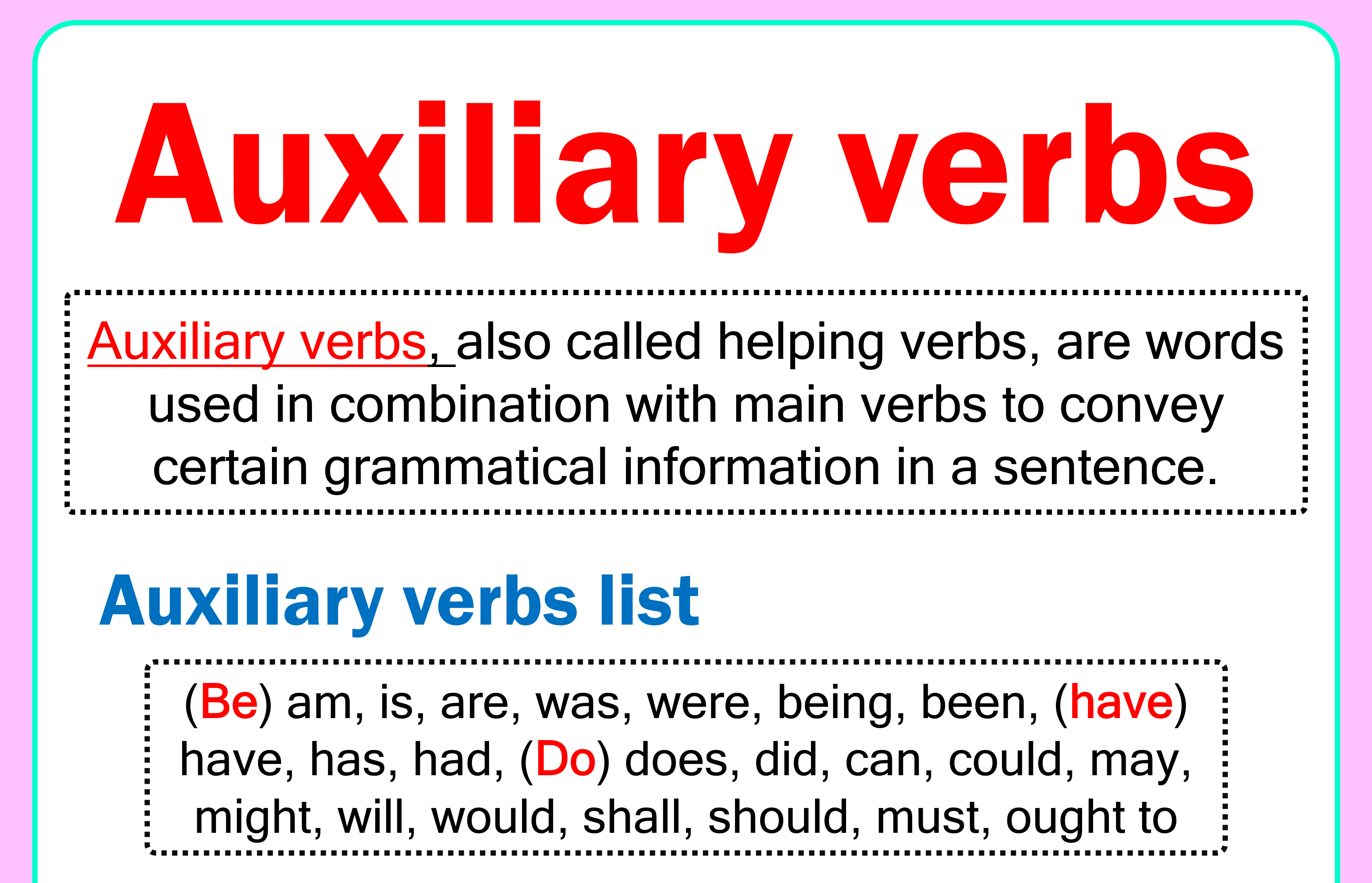
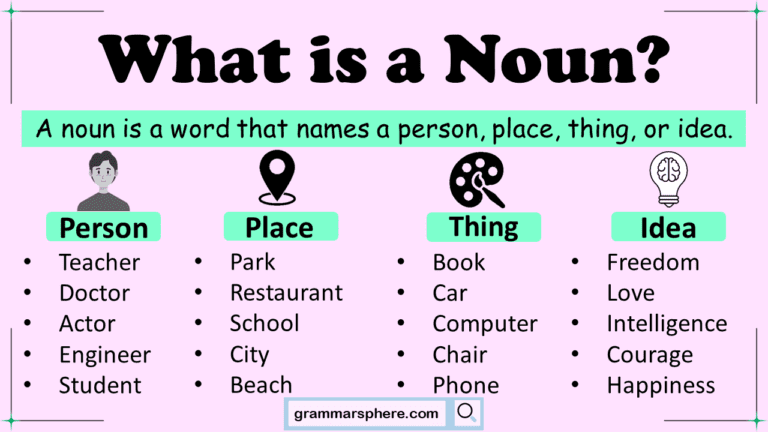
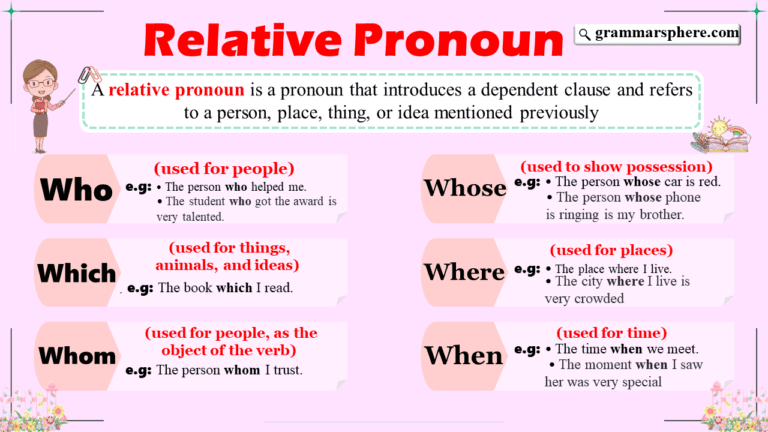
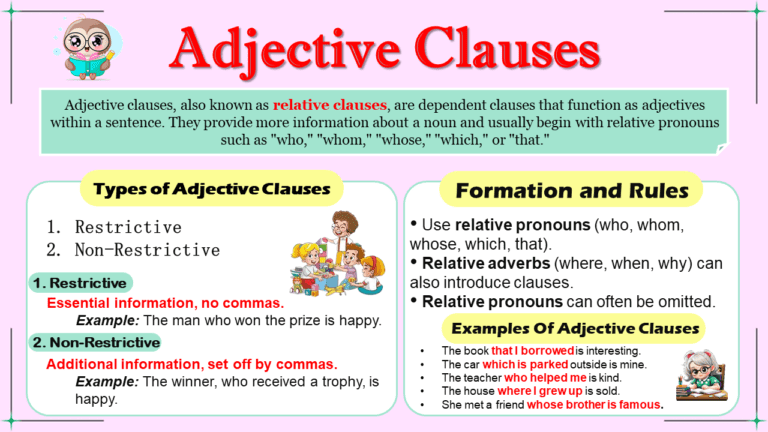
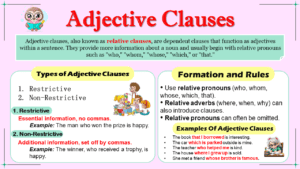

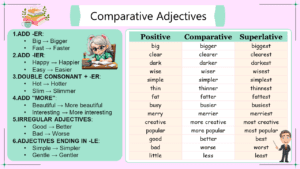
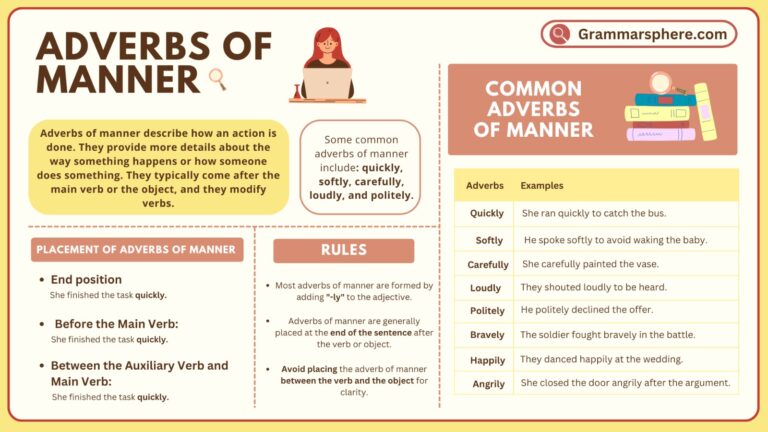
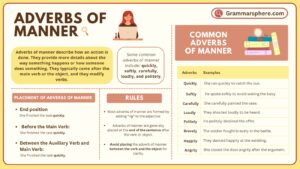
Leave a Comment